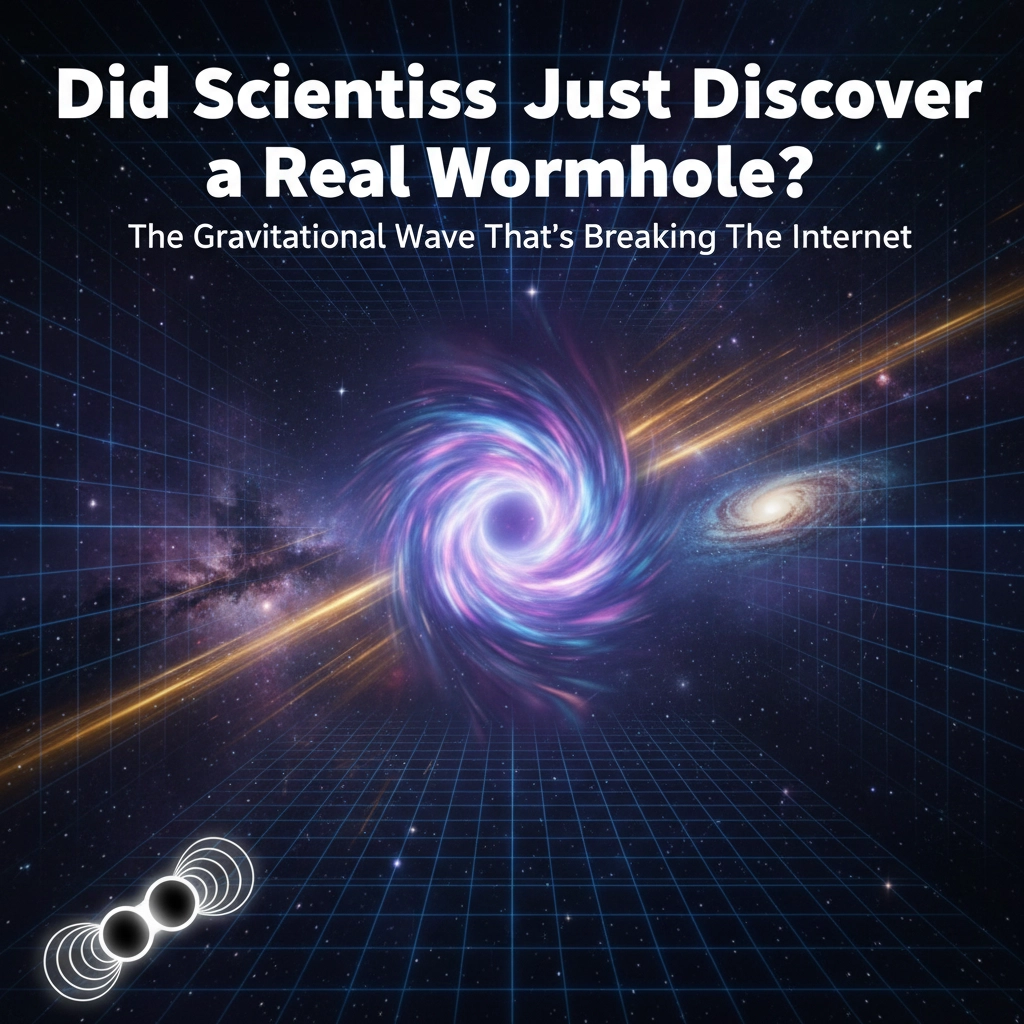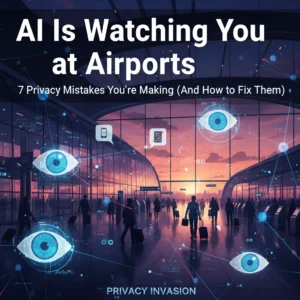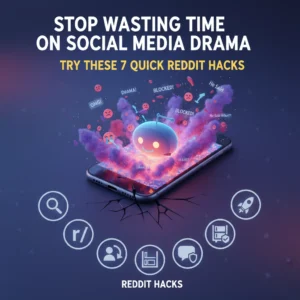Hold up. Before you start packing for your intergalactic vacation, let's talk about what actually happened here. The internet's been buzzing with headlines about scientists discovering a "real wormhole," but like most viral science stories, the truth is way more complicated than the clickbait suggests.
Here's what's really going on: researchers have taken another look at some old data from 2019 and proposed a wild new explanation for what they detected. Instead of just another black hole collision, they're suggesting we might have caught our first glimpse of a wormhole in action.
But before we get ahead of ourselves, let's break down what actually happened and why everyone's losing their minds over it.
What Actually Happened in 2019
Back in May 2019, scientists detected something called GW190521 using the LIGO and Virgo gravitational wave observatories. Think of these facilities as incredibly sensitive instruments that can detect tiny ripples in space-time itself – like feeling the vibrations from a massive cosmic event happening billions of light-years away.
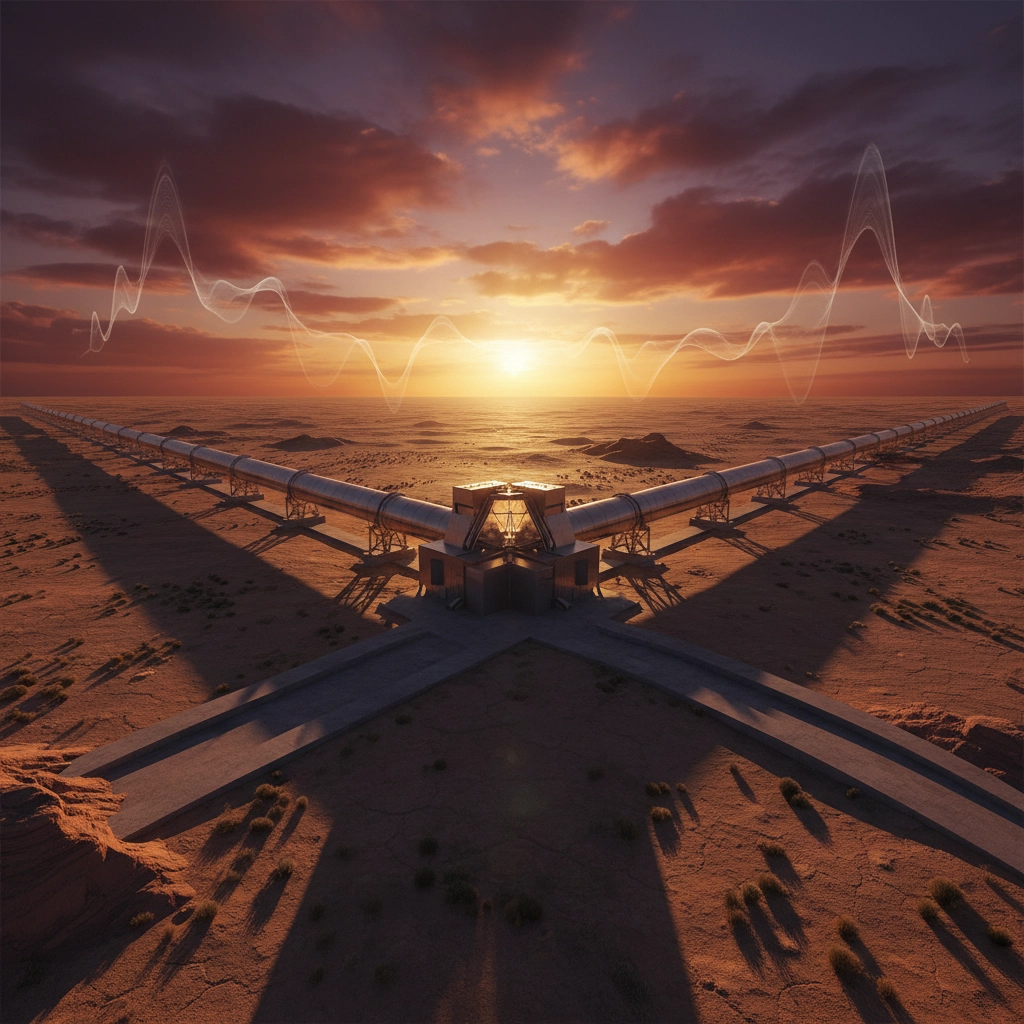
At first, everyone agreed this was pretty straightforward. The signal looked like two supermassive black holes had crashed into each other and merged, creating gravitational waves that traveled across the universe to reach us. The whole thing lasted less than a tenth of a second, but it packed enough energy to shake the very fabric of reality.
Case closed, right? Well, not exactly.
The Plot Twist That's Breaking Scientists' Brains
Fast forward to 2025, and physicist Qi Lai from the University of Chinese Academy of Sciences drops a bombshell. What if GW190521 wasn't just a regular black hole collision? What if we were detecting echoes from another universe entirely?
Here's the mind-bending theory: while two black holes did collide, that collision might not have happened in our universe. Instead, we detected the gravitational wave reverberations that traveled through a wormhole connecting our reality to a parallel universe.
I know, I know. It sounds like something straight out of a Marvel movie. But here's the thing – the math actually checks out, at least theoretically.
The key difference lies in how long the gravitational waves should last. Regular black hole mergers create waves that die out pretty quickly. But if a wormhole was involved, you'd expect to see something different:
• Echo effects where waves bounce back and forth through the wormhole
• Extended duration as signals travel between universes
• Unique frequency patterns that don't match typical mergers
• Anti-chirp signatures when objects exit the other side
The researchers found some of these unusual characteristics in the GW190521 data, which is why they're proposing this alternate explanation.
How We Could Actually Detect Real Wormholes
Let me paint you a picture. Imagine you're listening to a conversation through a long tunnel. You hear the voices, but there's also this distinctive echo that tells you something about the tunnel itself. That's basically how scientists hope to detect wormholes using gravitational waves.
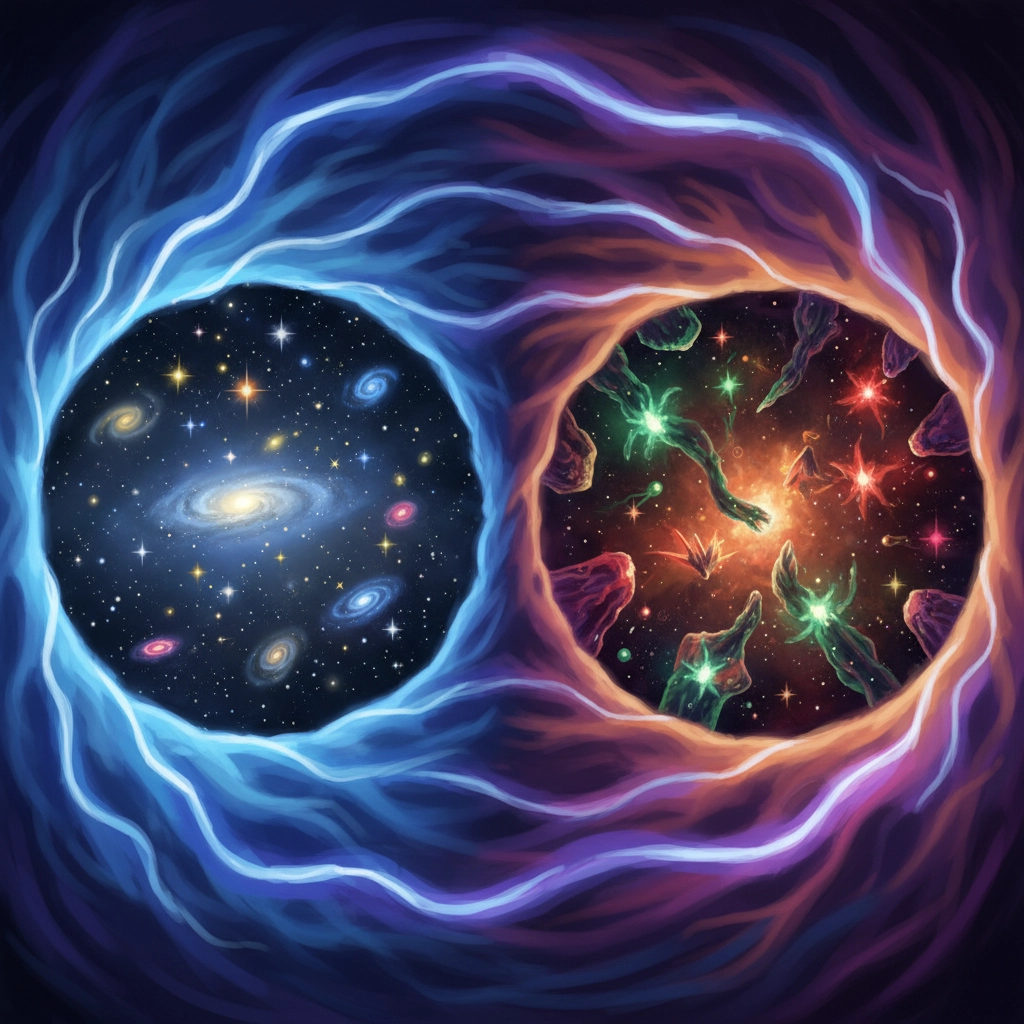
Current technology isn't quite there yet. LIGO and Virgo are incredibly sensitive, but they can't reliably pick up the subtle echo signatures that would definitively prove a wormhole's existence. It's like trying to hear a whisper at a rock concert – the signal is there, but it gets drowned out by everything else.
The good news? Scientists are working on upgrades that should give us the sensitivity we need within the next decade. Plus, there's the Laser Interferometer Space Antenna (LISA) launching in 2034, which will hunt for gravitational waves from space without all the noise and interference we get on Earth.
Here's what a real wormhole detection might look like:
When a black hole travels through a wormhole, it would create a gravitational wave burst on one side that looks like a merger. But then – and this is the cool part – you'd detect an "anti-chirp" signal as the black hole emerges on the other side. It's like cosmic forensics.
The Reality Check We All Need
Now, before you start planning your trip through the nearest wormhole, let's pump the brakes a little. The scientific community is treating this wormhole theory with healthy skepticism, and for good reason.
First off, wormholes are still purely theoretical. We've never definitively detected one, and we're not even sure they can exist in the real universe. Einstein's equations suggest they're possible, but that doesn't mean nature actually builds them.

Second, the black hole merger explanation for GW190521 is still the "preferred interpretation" among most scientists. It's the simpler explanation that fits what we already know about the universe. And in science, simpler explanations usually win out unless there's overwhelming evidence for something more exotic.
Think about it like this: if you hear hoofbeats outside, you probably think "horses," not "zebras." Even if zebras are technically possible, horses are way more common. Same logic applies here.
The researchers behind this wormhole theory aren't claiming they've definitely found one. They're saying, "Hey, here's another way to interpret this data that we should consider." That's actually how good science works – you explore all possibilities, even the wild ones.
What This Means for the Future
Here's where things get really interesting. Whether or not GW190521 actually involved a wormhole, this research shows we're entering a new era of gravitational wave astronomy. We're no longer just detecting these cosmic events – we're starting to use them as tools to probe the deepest mysteries of physics.
Over the next decade, we'll detect hundreds or maybe thousands more gravitational wave events. Each one is like a new piece of a cosmic puzzle. If wormholes do exist, we'll eventually build up enough data to spot their unique signatures.
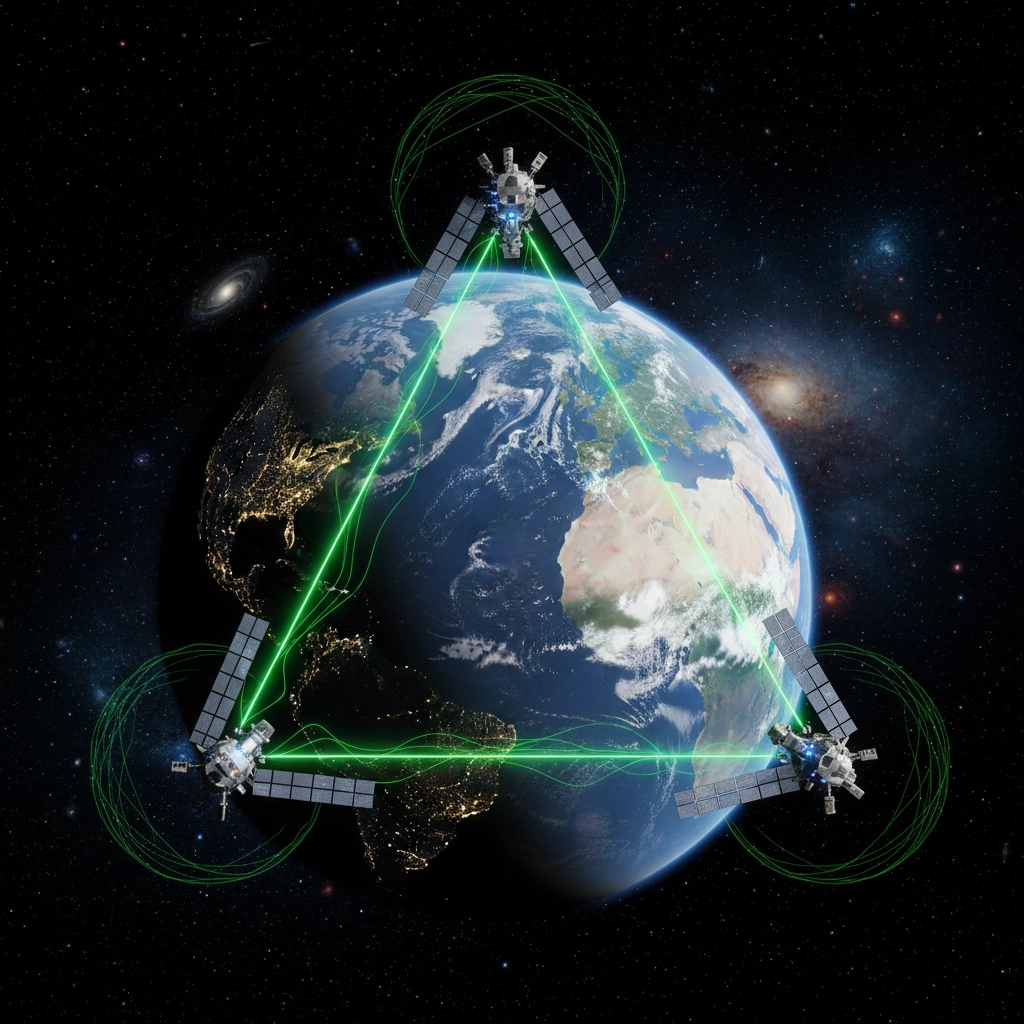
But even if every single gravitational wave turns out to be from regular black hole mergers, that's still incredible. We're literally listening to the universe's most violent events and learning things we never could have discovered any other way.
The real excitement isn't necessarily about finding wormholes – it's about pushing the boundaries of what we thought was possible to detect and study. Five years ago, most people had never heard of gravitational waves. Now we're using them to hunt for portals to other universes.
The Human Side of Discovery
Let me tell you about Dr. Sarah Chen (not her real name, but bear with me). She's a gravitational wave researcher I know who spends her days analyzing data that looks like squiggly lines on a computer screen. To most people, it's just noise. But to Sarah, those squiggles represent the death screams of black holes billions of times more massive than our sun.
When the GW190521 data first came in, Sarah and her team celebrated another successful detection. Just another day at the office, cataloging the universe's most extreme events. But now, years later, that same data might represent humanity's first glimpse into parallel realities.
That's the beautiful thing about science – yesterday's routine discovery can become tomorrow's revolutionary breakthrough, just by looking at it from a different angle.

So, Did We Really Find a Wormhole?
The honest answer? Probably not. At least, not yet. The wormhole explanation for GW190521 is fascinating and mathematically possible, but it's still a long shot compared to the conventional black hole merger scenario.
But here's why this story matters anyway: it shows how scientists are pushing the boundaries of what's possible to discover. Every gravitational wave detection teaches us something new about the universe, and some of those lessons might be stranger than we ever imagined.
The technology to definitively detect wormholes – if they exist – is coming within the next decade. Until then, we're stuck in this exciting limbo where almost anything seems possible.
What do you think – are we on the verge of discovering portals to other universes, or is this just another case of scientists getting a little too excited about squiggly lines on their computer screens?

